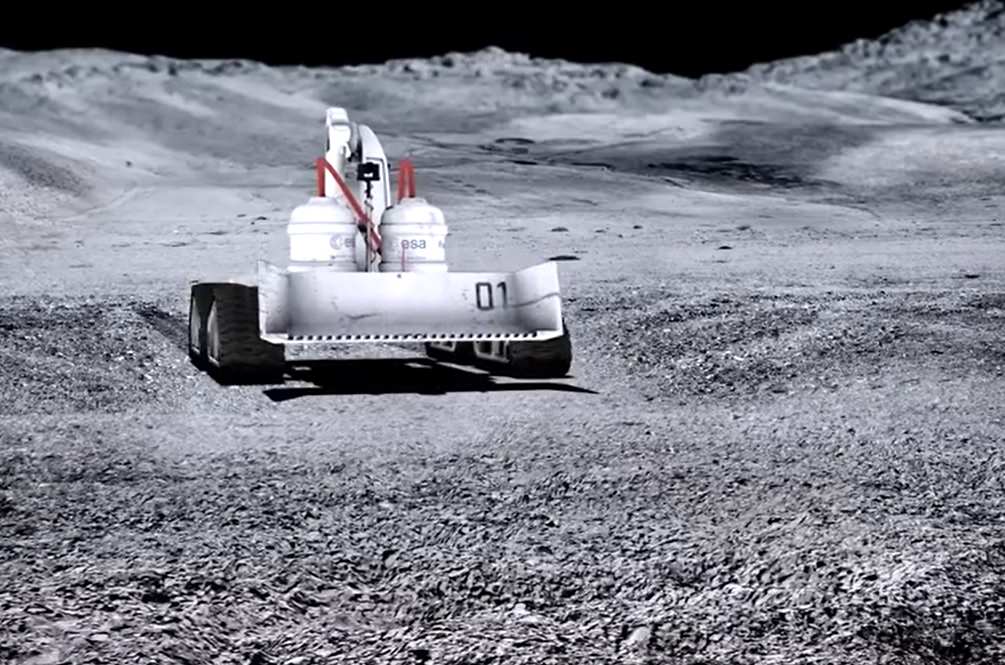The Moon is so close to us, and yet so far. Just last year the Chang’e-3 spacecraft and Yutu rover made the first soft landing on the surface in more than a generation. Humans haven’t walked in the regolith since 1972. But that hasn’t decreased the desire of some to bring people back there — with an armful of new technologies to make life easier.
Take the European Space Agency’s desire to do 3-D printing on the lunar surface. Rovers with big scoopers would pick up the moon dust and use that as raw materials to make a habitat that humans would then enjoy. Far out? Perhaps, but it is something the agency is seriously examining in consultation with Foster+Partners. See the video above.
Universe Today recently explored the value of being on the Moon or a nearby asteroid. In a nutshell, the lower gravity would make it easier to loft things from the base, making it potentially cheaper to explore the Solar System. That said, there are considerable startup costs. One thing that could be considered is the value of investing in smart robots that could build simple structures on the moon or even (gasp) build other prototypes to replace or supplement them.
As ESA explained in a 2013 blog post, the agency envisions using robots to use more “local” resources on the moon and to reduce the need to ship stuff in from planet Earth. “As a practice, we are used to designing for extreme climates on Earth and exploiting the environmental benefits of using local, sustainable materials,” stated Xavier De Kestelier of Foster + Partners specialist modelling group. “Our lunar habitation follows a similar logic.”
The new video takes that concept a bit further and specifies a location: Shackleton Crater, which receives near-constant sunlight in certain areas, next to spots that are in permanent shadow. As ESA explains, being in this crater allows the best of two scenarios: constant energy available for solar panels, but areas to build structures that would be more sensitive to extreme heat.
ESA plans to push forward its research from 2013 to look at “harnessing concentrated sunlight to melt regolith rather than using a binding liquid,” as the agency explains on its YouTube page. Moon dust structures glued together with more moon dust? Sounds like the ultimate snow fort.


In the end, I think that we will get a lot more back on our investment in Moon research as opposed to Mars research. The Moon is closer, has a low escape velocity, which makes it an ideal jump-off point for long-range missions, and is very likely to have plenty of natural resources. As for the stupid treaty signed back in the dinosaur age that says that it can’t be mined . . . ignore it, it will go away. If we do not, China will.
Are you referring to the Moon Treaty or the Outer Space Treaty? I don’t recall provisions in either that say the Moon can’t be mined for resources, just that nation states aren’t allowed to lay claim or exploit it exclusively.